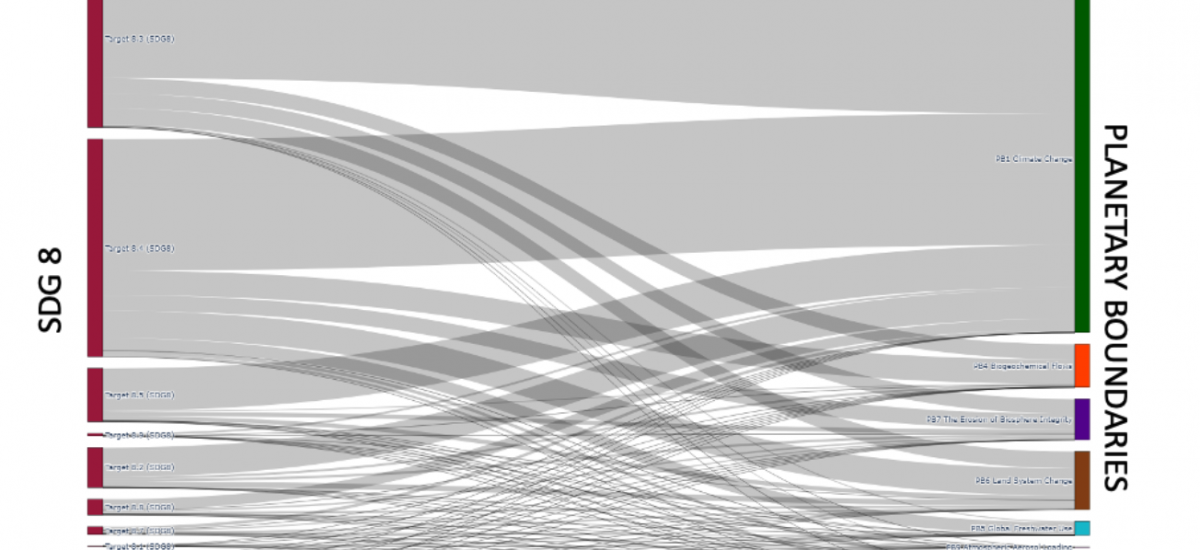About the project
Objective
Problem statement: Develop future sustainability agendas in an objective and data-driven manner, leveraging large language models (LLMs) to simultaneously address the social, economic and environmental needs of humanity and the planet.
The project has the following goals:
- Effectively utilize the Gemini ecosystem of large language models (LLMs) to analyze thousands of documents, yielding excellent performance in the context of sustainability.
- Perform a detailed analysis of synergies and tradeoffs among the 169 SDG targets, creating a detailed matrix of positive and negative interactions.
- Extend this analysis to find positive and negative connections between the 231 SDG indicators and the 9 Planetary Boundaries.
- Define a new set of goals, addressing the targets from both the SDG and PB frameworks.
Background
The 2030 Agenda for Sustainable Development, adopted by all United Nations Member States in 2015, is an ambitious blueprint for achieving a better and more sustainable future for all. It comprises 17 goals, 169 targets, and 231 measurable indicators that aim to address a wide array of global challenges, including poverty, inequality, climate change, environmental degradation, peace and justice. The intricate and interconnected nature of these goals means that progress in one area can often catalyze advancements in others.
However, this interconnectedness can also lead to unintended consequences where progress on certain goals may inadvertently hinder progress on others. While some of these interactions are straightforward and predictable, many remain complex and difficult to foresee. Nearly a decade after the launch of the 2030 Agenda, we have accumulated a wealth of data and developed new tools that enhance our ability to identify and understand the positive and negative interactions between the Sustainable Development Goals (SDGs). This understanding is crucial as we approach the deadline of the 2030 Agenda and begin to consider the design of goals for the Post-2030 Agenda. This is highlighted in a recent article in Nature by the PIs*. A critical component of this analysis is the Planetary Boundaries (PBs) framework, introduced by the Stockholm Resilience Center in 2009. The PBs provide a science-based framework for monitoring environmental thresholds that define a safe operating space for humanity. These boundaries are quantifiable and offer a valuable tool for assessing environmental sustainability, although they do not directly address the social dimensions that are integral to the SDG Agenda.
*Extending the SDGs to 2050 – a roadmap. Fuso-Nerini et al., Nature (2024)
Crossdisciplinary collaboration
The PIs have a long history of cross-disciplinary collaboration, combining the AI knowledge of Prof. Vinuesa with the sustainability and systems modeling of Prof. Fuso-Nerini.



